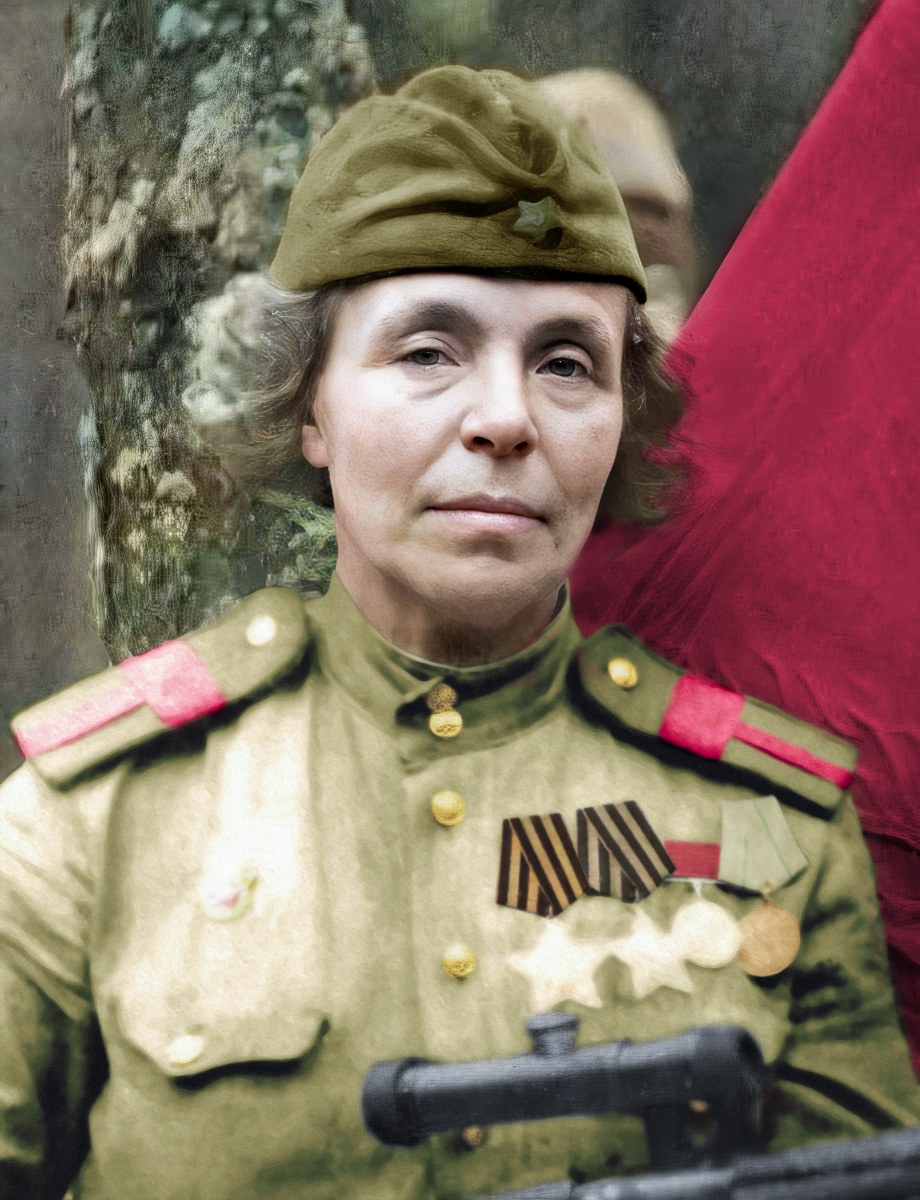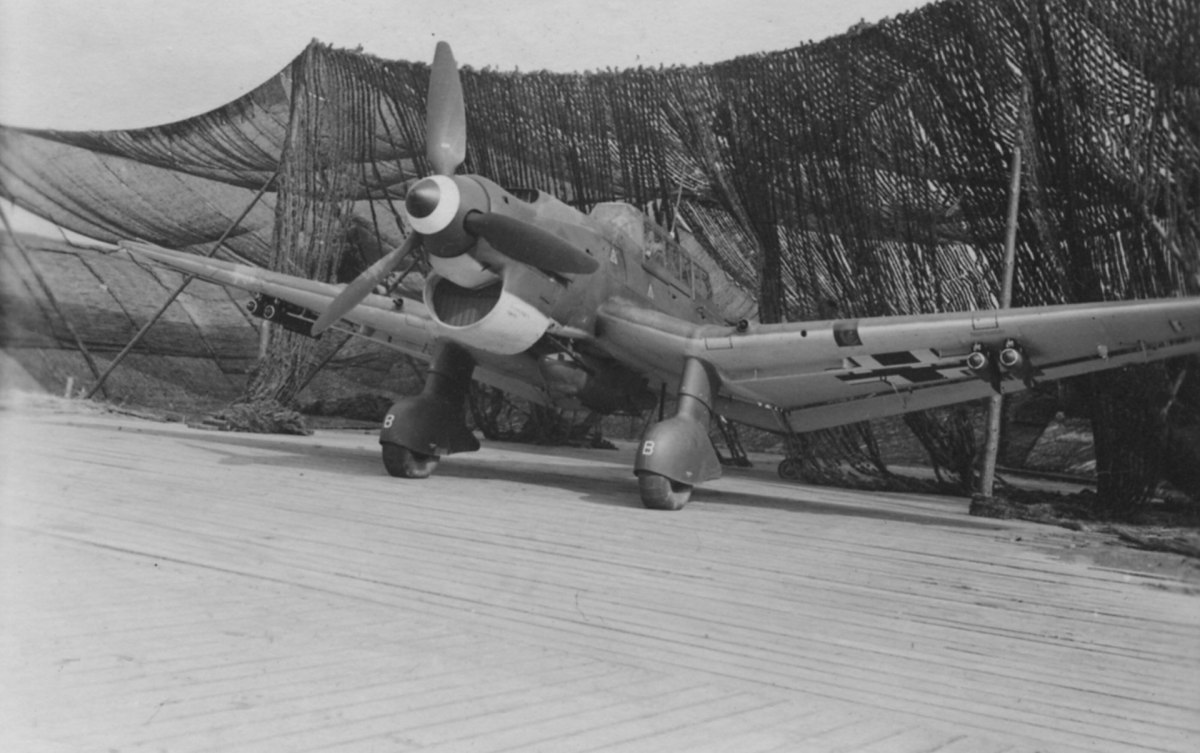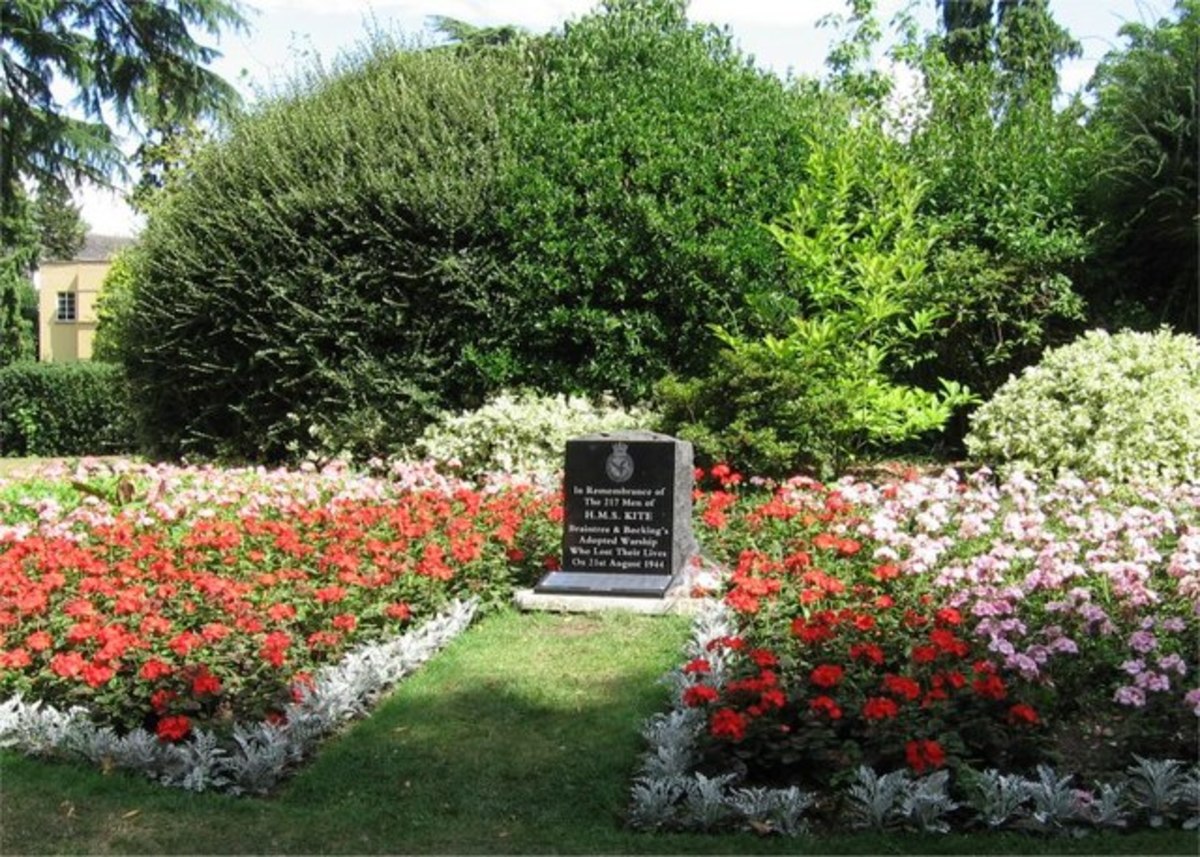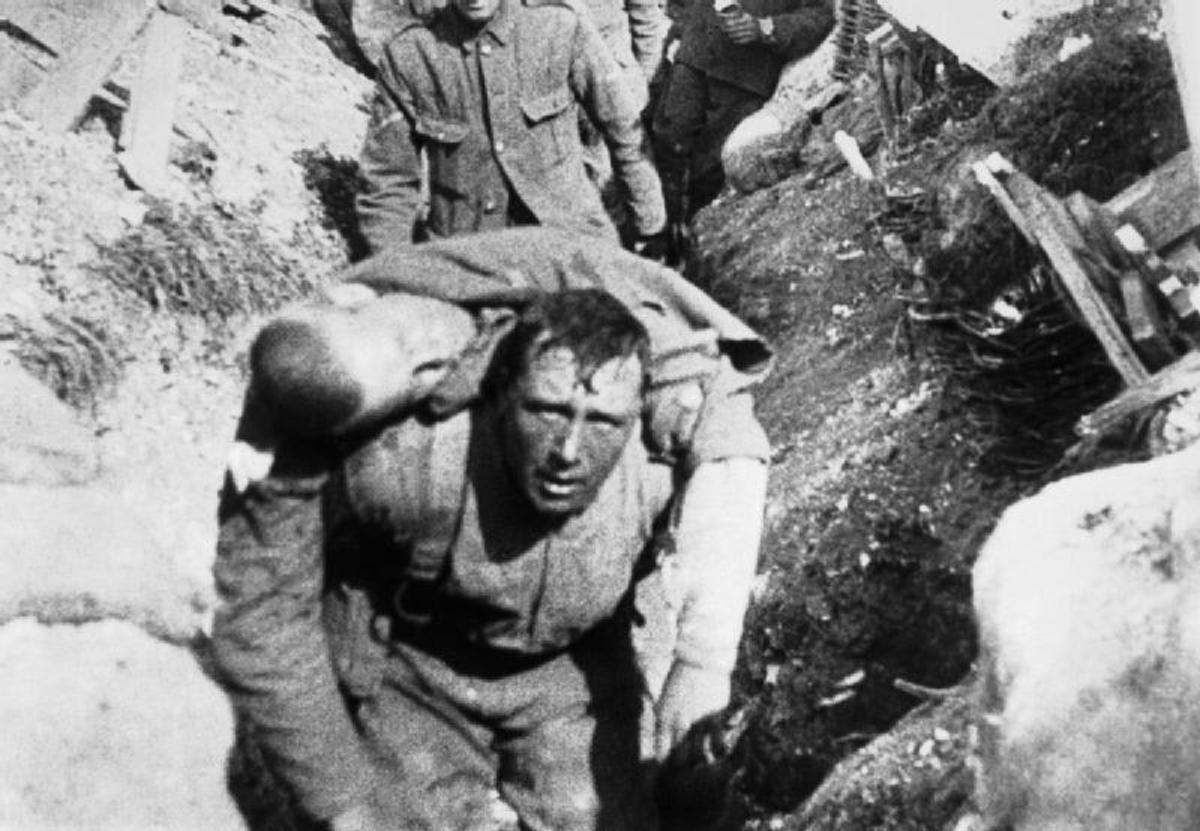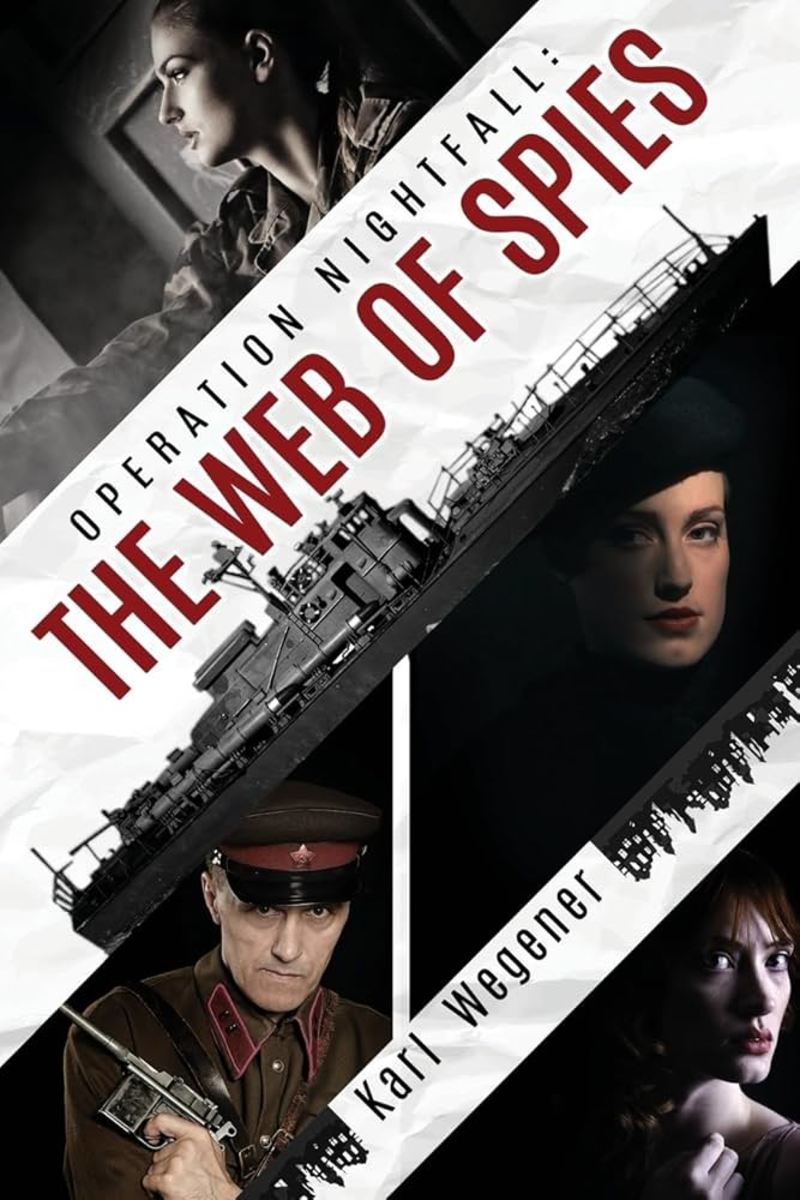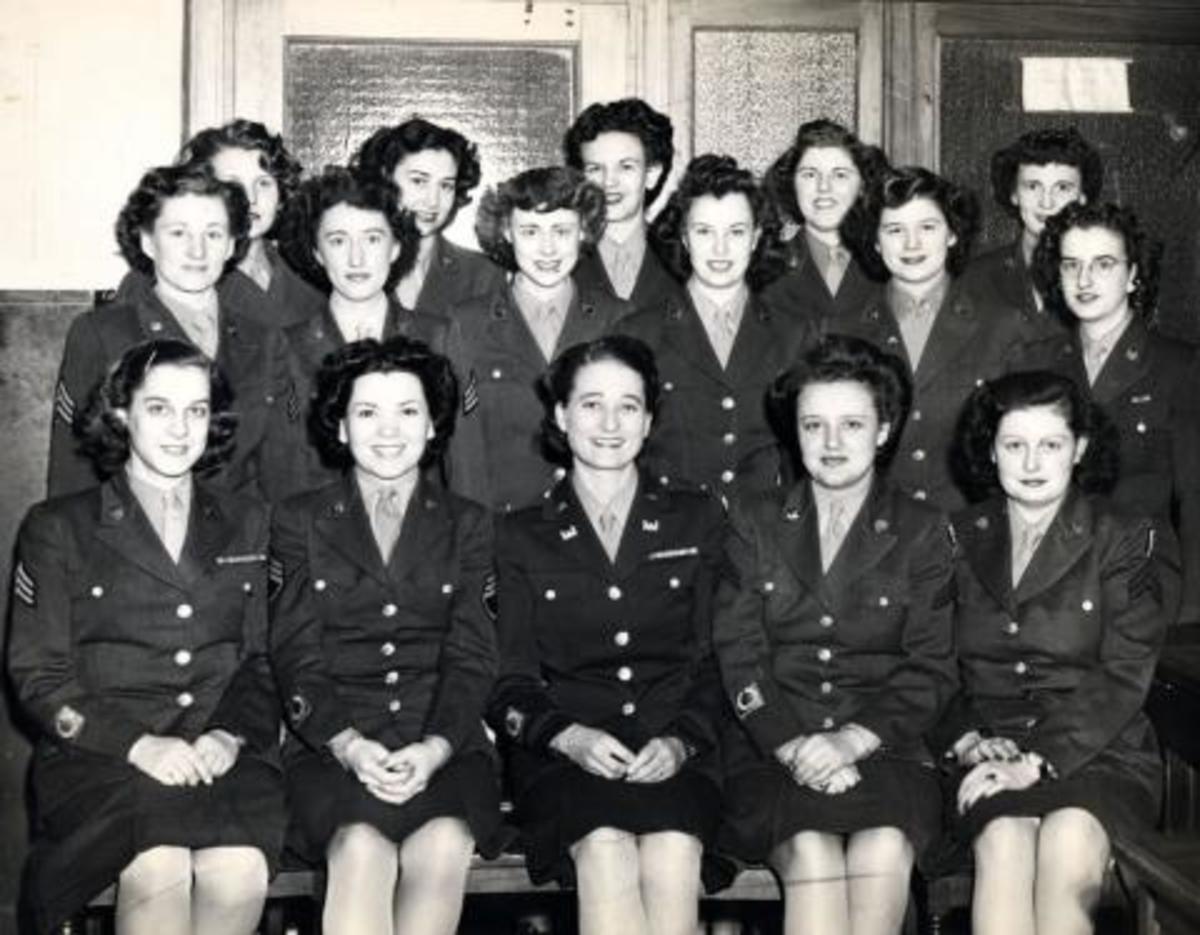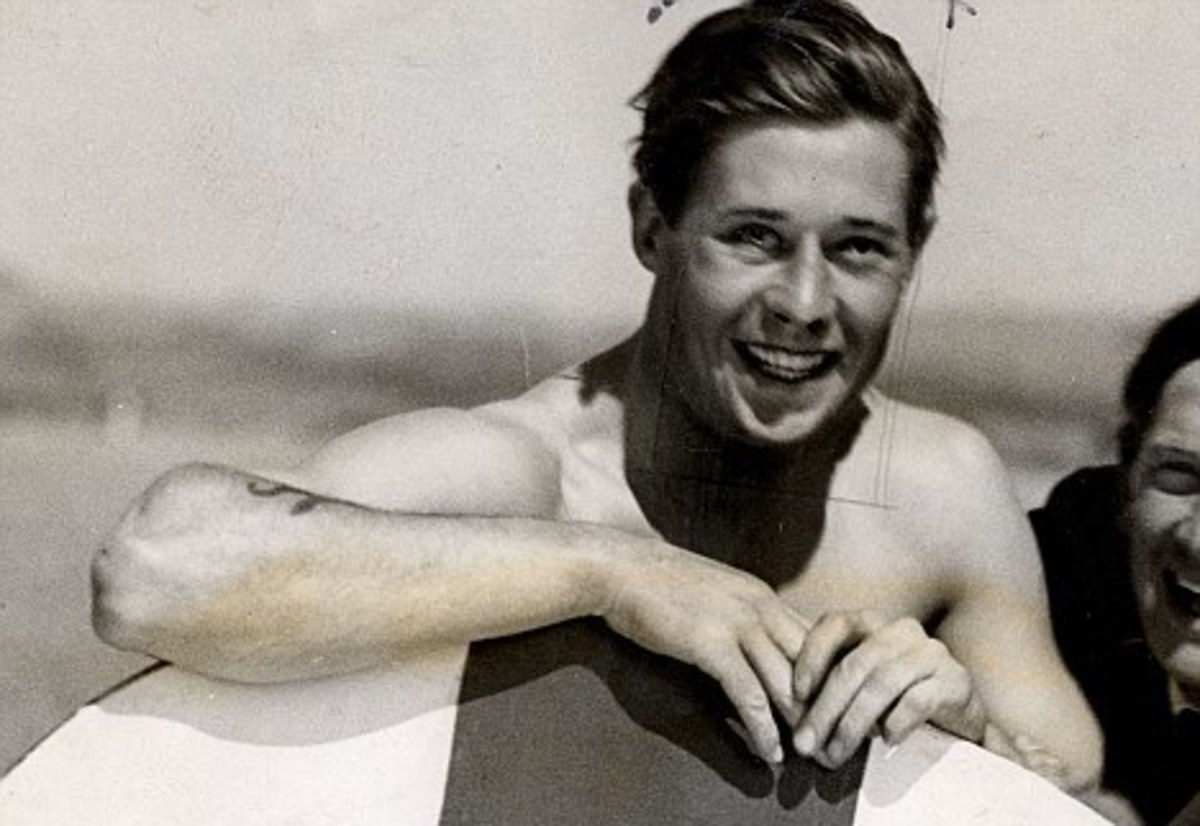- HubPages»
- Education and Science»
- History & Archaeology»
- History of the Modern Era
Cold War Spies Part 1
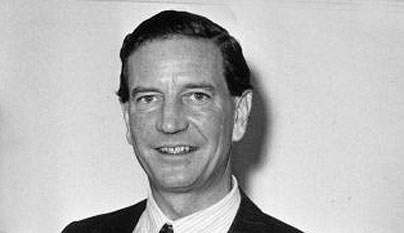
Background
What would lead a person to betray their country? It is a very difficult question to answer in 2012. The Soviet Union the one time nerve center of global communism collapsed in 1991 probably before many of my readers were born. To understand the global socio economic conditions extant in the 30s one would need to read about and understand. European Imperialism, World War I, The Russian Revolution, The Wiemar Republic, The Great Depression and The Spanish Civil War.
The simple answer is that times were extremely tough and as a result politics in Europe polarised with many taking up the cause of either the extreme left or the extreme right.
Simply put Communism would provide a central government which distributed the wealth evenly amongst the entire populace. Many ignored the evils that happened in the Soviet Union and concentrated purely on the aspirational goal of equality for all.
Fascists on the other hand persued selfish nationalistic goals and used hate campaigns to unite supporters against a common enemy such as the Wiemar Republic which Hitler referred to as "The November Criminals" for a percieved betrayal of Germany at the end of World War 1. Before too long the hate campaigns took on even more sinister racial tones.
From 1941-45 the West was allied with the USSR in the fight against Facism. Some British Intelligence operatives who had done oustanding service for their country in world war 2 turned out to be communist spies during the cold war.
For the time being lets say that these were difficult times, people had very strong beliefs, far stronger than what we see today and acted accordingly. Some spied for ideaology, some for duty, some for money and some for blackmail.
Its time to examine the cold war spies:
Documentary Spies of the Cold War
The Cambridge Spies - Double Agents 1934-1963
The Cambridge spies were students at Cambridge University recruited to spy for Russia during the 1930s. Amongst the best and brightest of their day the positions they rose to were probably beyond what their Russians masters had dared to dream of.
Anthony Blunt was the oldest of the Cambridge spies. Blunt claimed to have been recruited by Guy Burgess after the outbreak of World War 2 the timing appears unlikely. It is possible that Blunt recruited Burgess to the communist cause and most likeley that they were recruited in the thirties.Blunt travelled to Moscow on University business in 1933 and is thought to have been recruited to the NKVD (forbear of the KGB) in 1934. He is thought to have recruited Kim Philby, Donald Maclean, John Cairncross and Victor Rothschild. Blunt also recruited Michael Straight who was to expose Blunt in 1963.
Upon the Invasion of Poland by Germany in 1939 Blunt joined the British Army. He worked for the Intelligence corps in France and was recruited to MI5 after evacuation in May 1940. At MI5 he had access to pieces of "Ultra" intelligence. The decrypted signals emitted by German enigma cypher machines. These were undoubtedly passed on to the Soviets. in 1945 Blunt went to Germany to recover letters between the Duke of Windsor and Adolf Hitler.
Blunt seems to have been under suspicion from 1948. There must have been some reluctance to expose him publicly as a spy. Possibly because of his conections to the royal family or what he knew about them. Perhaps because it was unpalatable to MI5 or the Government to do so. After the war Blunt retired from military intelligence and claimed that he had no further role in Russian espionage. This is disputed because he is supected of tipping off Burgess and Maclean. In any case Blunt pursued his great passion for art History. He became the Surveyer of the KIngs (and later the Queens) paintings in 1945.
The skeletons in the closet would not stay quiet for Anthony Blunt especially after the defections of Burgess Maclean and Philby. In 1963 Michael Straight implicated Blunt, John Cairncross, Peter Ashby, Brian Symon and Leonard Henry Long. MI5 secured a secret confession and Life went on pretty much as normal for Blunt until 1979. Andrew Boyle published a book "Climate of Treason" which featured a character based on Blunt. Blunt drew attention to himself by trying to have the book banned from publication. In November 1979 Prime Minister Margaret Thatcher named Blunt as a spy. Hounded by the press, he eventually did the interview included at the start of this piece and withdrew himself from society. He still continued writing on art history and died of a heart attack on March 26th 1983. Blunt is a complicated and tragic figure who appears to have been naive in his youth and seems to have had real and deep regrets later in life. That being said he was a key element of one of the most destructive spy rings in History.
Donald Maclean went to Cambridge in 1931 to study languages and is thought to have been recruited to spy for the Russians by Anthony Blunt. On graduation in 1934 he joined the foreign office. In 1937 Kitty Harris was made his new controller. Maclean & Harris initially feigned a relationship which soon developed into reality. Maclean would take documents to his lover, photograph them overnight and return them to the foreign office. In 1939 Maclean was posted to France and Kitty Harris followed. The pair remained in a relationship until Maclean met and married Melinda Marling the daughter of a US Oil Company executive.The pair evacuated to London when the Germans invaded France and Maclean was able to report in 1941 that the US and UK were working to develop a uranium bomb within the next two years.
In 1944 Maclean was posted to New York as first secretary of the British Embassy and was able to pass to Stalin the details of private communications between British Prime Ministers (Winston Churchill and Clement Atlee) and US Presidents (Franklin Roosevelt and Harry Truman). Later in his 4 year tenure Maclean was secretary of the Combined Policy Committee on Atomic Development. Maclean was able to pass on high level details on US and British nuclear capabilities. During this time the nuclear spies Alan Nunn May, Klaus Fuchs and Theodore Hall were providing the Russians with technical details of US atomic weapons.
In 1948 Maclean was sent to Cairo. Maclean was under significant stress after years of espionage work and he also felt conspicuous as a tall white man meeting Soviet contacts in Cairo. Macleans behaviour deteriorated into heavy drinking. In two seperate incidents a male colleagues leg was broken in a street fight and a female colleague had her flat trashed. Maclean was returned to London to recouperate bur his career with the foreign office was untarnished.
Between 1945 and 1951 British Intelligence had been working on decrypting Soviet signals which had been compromised by cypher clerks reusing one time pads. This project code named Venona revealed a spy code named Homer was in place in the US embassy late in World War 2. Maclean was one of nine initial suspects. Kim Philby as liason officer between MI6 and the FBI and NSA had access to the Venona transcripts. Philby tipped off Guy Burgess who was sent to London to warn Maclean. It is apparent that the Russians considered both Maclean and Burgesses cover was blown and instructed Burgess to escort Maclean to Moscow. Philby had not been informed of this and he came under suspicion from that time on.
The pair dissappeared on May 25th 1951 but the Russians did not announce the defection until 1956 presumably to protect Philby. Maclean assimilated into Russian Society and served as an adviser on Western Economic policies. Melinda moved to Russia to join Maclean and the pair remained together in spite of a two year affair with Kim Philby in 1964. Melinda eventually left the Soviet Union in 1979 and passed away in 2010. Maclean had a fatal heart attack in 1983 aged 69.
Guy Burgess Studied History at Trinity College Cambridge. He worked as a reporter for the Times and the BBC and reported on the Spanish civil war. Burgess was a heavy drinker and was indiscrete about his homosexuality. This did not prevent him working as Secretary for Hector Macneil the British Foreign Minister of State. Macneil was posted to New York and his Secretary shared a flat with Kim Philby possibly so Philby could keep him on the straight and narrow. As mentioned above Philby discovered that Maclean was under suspicion and tipped off Burgess. Burgess did not adapt well to life in Russia which was not as open to homosexuality. He refused to learn Russian and died in 1963 of presumably alcohol related courses aged 52.
Harold "Kim" Philby studied History and Economics at... You guessed it. Trinity College Cambridge. He worked as a freelance journalist in Spain during the civil war and reported the war from the nationalist side to strengthen his cover. Philby was instructed by the Russians to identify security weaknesses which might allow the assasination of General Franco but such action was never possible. Philby had a close call with death in December 1937 a car he was travelling in was hit by a republican shell burst which killed Philbys three travelling companions. Philby escaped with a minor head wound.Philby was personally decorated by Franco and he said that this particular incident opened "all sorts of doors" for him.
In 1938 Soviet defector Walter Krivitsky Testified before the Dies Committee that two soviet agents had penetrated the British Foreign office and that another agent had worked for a British newspaper in Spain. Krivitsky was shot in a Washington hotel room in 1939.
In July 1939 Philby returned to London and then served as the times correspondent with the British expeditionary force in France. On evacuation from France Philby was posted to the new Special Operations Executive instructing sabotage agents. Philby was able to provide intelligence on operation Barbarosa which was ignored by Stalin and Japanese intentions to strike south towards Singapore rather than West towards Russia this information was confirmed to Stalin by his Tokyo Spy Richard Sorge.
In September 1941 Philby went to Section V of MI6 which was responsible for offensive counter intelligence. Philby headed the Iberian section of section V and is credited with wrecking german plans to spy on British shipping movements from Spain. During the war suspicions were raised against Philby by Charles Arnold Baker and by James Jesus Angelton who was later to head the CIA.
In 1947 Philby was sent to Turkey ostensibly to send infiltration agents to Soviet Armenia and Albania. The Philbys went to Washington in 1949. Operations against Albania continued until 1951 with agents being constantly captured, tortured and killed. Philby was suspected of leaking information.
Suspicions of Philby did not prevent him being appointed liason between MI6 and the American FBI and NSA. Philby had access to Venona decrypts which led to the exposure of Nuclear Spy Klaus Fuchs and his Cambridge colleague Donald Maclean. After tipping off Burgess about Maclean Philbys position in MI6 was untenable. He resigned from MI6 and returned to London where he was interrogated by MI5. After years of suspicion Philby was officially cleared of spying charges by Foreign Secretary Harold Macmillan in 1955 and went to Beirut as Middle East correspondent for The Observer and The Economist. Philbys cover was blown by Russian defector Anatoliy Golitsyn. MI6 agent Nicholas Elliot was sent to Beirut to confront Philby in late 1962. Philby gave a verbal confession but refused to sign a written confession. He dragged out the process until his defection in January 1963.
On arrival in Moscow Philby was kept under virtual house arrest. The Russians suspected he was a British agent. He published his memoirs in 1968. He was given little work by the Russians and was not given official recognition until after his death in 1988.
The Fifth Man. From the time Maclean and Burgess defected Kim Philby was suspected of being the third man in the Cambridge spy ring. This was confirmed by Golitsyns testimony in 1962 and by Philbys subsequent defection in 1963. Golitsyn testified that there were 5 spies in the Cambridge ring although Blunt later confessed to recruiting several more spies whilst at University.
Peter Wright in his MI5 expose "Spy Catcher" was convinced that Roger Hollis was the fifth man. Hollis had worked in China for the Shanghai Morning Post and then British American Tobacco where he had associated with left wIng activist Agnes Smedley. Hollis returned to England in 1936 suffering from Tuberculosis and became a tutor at Oxford. He joined MI5 in 1939 and became an expert on communism during the war. This positioned him for promotion during the cold war and in 1953 Hollis was appointed Director General of MI5. When Philby defected there were rumours that Hollis had tipped Philby off. The basis of Peter Wrights allegations were a number of leaks after Maclean, Burgess and Philby had lost access to secret information. Wright also pointed to the case of Igor Gouzenko, a cypher clerk in the Canadian embassy who defected in 1945. Hollis interviewed Gouzenko because Canada was a member of the British Commonwealth and thus MI5 had jurisdiction. Wright believed that Gouzenko had given Hollis detailed information about meetings between Alan Nunn may and his soviet controller. After passing this information to Hollis all meetings between the Nuclear spy and his controller were cancelled. Hollis and his deputy Graham Mitchell were both investigated but no proof was ever found.
It is now widely accepted that John Cairncross was the 5th man. Cairncross admited to being a soviet spy in 1951 after papers in his handwriting had been found in Guy Burgess's flat. Cairncross had worked for Kim Philby in MI6 and had constructed an SS order of battle. He was then posted to Bletchley park working on decoded German Enigma signals. Between 1941-45 Cairncross provided the Soviets 5,832 documents. After Philbys defection MI5 reopened investigations of Cairncross and obtained a secret confession that he was the 5th man. Cairncross may have continued spying much later in life when he worked for the UN food and Agriculture Organisation as a translator. In 1979 he was publicly exposed as the 5th man after being confronted by and confessing to a journalist. In 1989 KGB defector Oleg Gordievsky confirmed that Cairncross was the fifth man.
George Blake and the Berlin Tunnel
George Blake double agent 1950-1961
George Blake was born in Holland and was In Rotterdam when the Germans invaded. He was a half Jewish British citizen and escaped to England where he was employed by naval intelligence because of his fluent Dutch language skills. In 1945 he was posted to Germany and then sent to Korea in 1948 to establish a spy ring. Blake was interned when the North Koreans invaded in 1950 and claimed that the sight of US bombers flattening Korean villages convinced him to change sides. Blake became a double agent and was in regular contact with his soviet controller until the time of his arrest. Blakes postings during this time included Berlin, Milan, Beirut and Vienna.
In 1960 a Senior Polish agent defected and helped uncover a number of spies. Blake was recalled in April 1961, accused, charged and sentenced to a total of 42 years in prison. It is not certain exactly how much damage Blake did however Peter Wright in Spy Catcher claimed that Blake had alerted the East Germans to the Berlin Tunnel and had cost the loss of several agents in East Germany. Dick White the head of MI6 reportedly sais that Blake had done more damage than Kim Philby.
Blake escaped prison with outside help in 1966 and defected to Moscow.
Buster Crabb diver MI6 1955-1956
On April 19th 1956 Lionel "Buster" Crabbe was sent on a mission to examine the hull of the Russian cruiser Ordkhonikidze in Portsmouth Harbour allegedly under the instruction of First Sea Lord Louis Mountbatten. The Ordkhonikidze was scheduled to bring Nikita Kruschev and Nikolai Bulganin on a goodwill trip to Britain. The Affair is steeped in Mystery as Crabb, who had won the George Medal for mine clearance work in Gibraltar was 47 and out of shape when he started his final mission. He never returned from his dive. On April 29th 1956 the Russians announced that they had seen a frogman on the night of the 19th of April.
On June 9th 1957 a headless, handless body was found in a frogman suit was found near Pilsey Island. Sidney Knowles, who had dived with Crabb during WW2 and allegedly on a similiar reconaisance mission on a Russian Cruiser in 1955, claimed to identify the body as Crabbs due to a scar on the left knee. The coroner recorded an open verdict but thought the remains were Crabbs.
Theories
With all good mysteries there are theories:
- Crabb was killed by MI5 because he was about to defect. The Ordkhonikidze mission was a cover up which never happened.
- Crabb was spotted and shot by a Russian Sniper.
- Crabb was seen attaching a limpet mine to the Ordkhonikidze and had his throat cut by a Russian Sailor. Would the British mine a Russian ship in their own harbour at the height of the cold war?
- Crabbs Head was severed by the propeller of the Ordkhonikidze.
Personally I doubt that there would be much left to Identify on a body that had been in the water for some 14 months. What we do know is that the Crabb affair cost the head of MI6 John Sinclair his Job, brought considerable embarassment to the British Government and almost cost Louis Mountbatten his Job as First Sea Lord.




